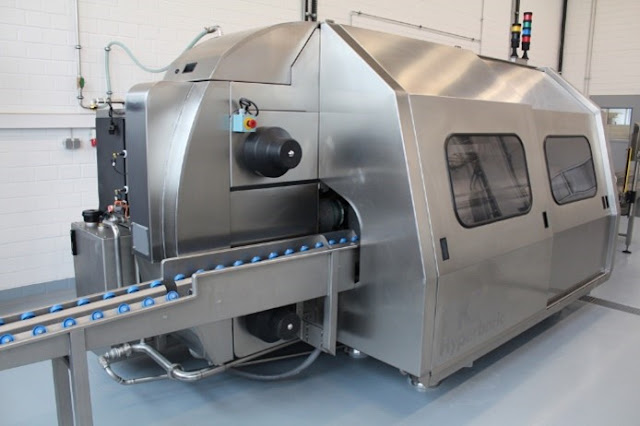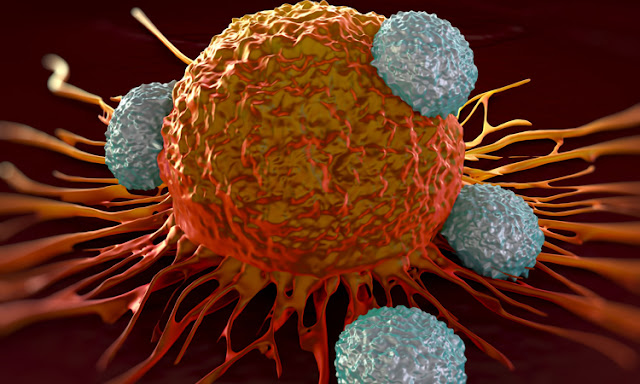High Pressure Processing Equipment; Allows Gentle Preservation of Food & Beverage by High Pressure without Additives or Heat
High Pressure Processing Equipment are often used to treat foods, beverages, proteins, bioactive materials, and other enzyme products. These equipment allows retailers to stock refrigerated foods and beverages that are safe and high in quality. High pressure processing equipment are widely used to produce natural, fresh, safe, and better tasting foods. High pressure processing is a non-thermal food preservation technique that inactivates harmful pathogens and vegetative spoilage microorganisms by using pressure rather than heat to effect pasteurization.
An alternative to thermal processing, High Pressure Processing Equipment Market subjects products such as packaged foods to pressures as high as 100,000 pounds per square inch to destroy pathogens without diminishing product quality. It is a simple cost-effective treatment that can make food safe to eat and increase shelf-life without reducing vitamin content and without altering a taste, texture, and/or appearance of food products. HPP use hydrostatic pressure to eliminate harmful or unwanted microbes from food or beverage products.
High pressure processing is a unique food processing method that utilizes water and pressure to inactivate food-borne pathogens and spoilage organisms. High pressure processing products that are available commercially around the world include fruit juices, fruit purees, jams and jellies, smoothies, shellfish (including lobster, oysters, and crab), wet salads avocado halves & guacamole, cured ham, ready-to-eat meals, tapas selections, cooked meats, and dips (including hummus, salsas, and coleslaw), among others.
High Pressure Processing Equipment promises the same level of food safety that heat pasteurization does, but without damaging the nutrients in fruits and vegetables. HPP allows gentle preservation of food by high pressure without additives and/or heat. Thus, HPP has been approved as a lethality process for pathogen inactivation and shelf-life extension by the U.S. Food and Drug Administration (FDA), U.S. Department of Agriculture (USDA), and Food Safety and Inspection Service (FSIS).




Comments
Post a Comment